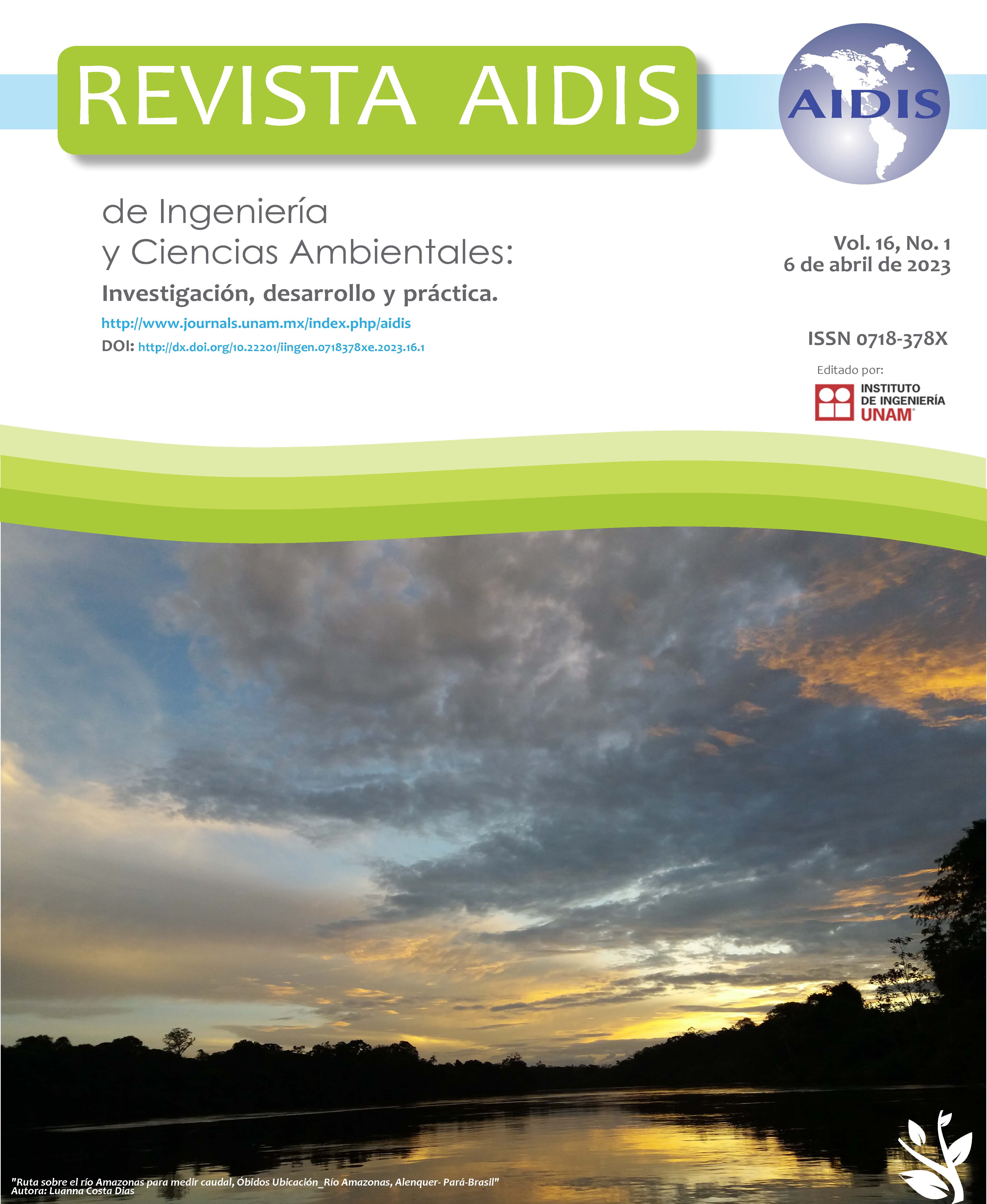INFLUENCE OF RANDOMLY DISTRIBUTED SHORT COCONUT FIBERS ADDITION ON THE WATER RETENTION CHARACTERISTIC CURVE OF A COMPACTED CLAY SOIL
Main Article Content
Abstract
The disposal and treatment of coconut fruit, called coconut, in landfills of solid urban waste is a recurring problem in places where its consumption is quite high. The biological properties of this material, added to its large volume, contribute to reduce the useful life of landfills. As a way to search for alternatives for the use of this type of waste in the unsaturated geotechnical context, this work proposes the insertion of coconut fibers to improve the geotechnical behavior of compacted clay soils. For that, soil mixtures with fiber content in the proportions of 0, 0.5, 1 and 2% in dry weight of the soil were analyzed for a matrix of compacted clay soil. The water retention curve obtained experimentally and numerically was evaluated. The results showed that mixtures with 0.5 and 1% of coconut fibers showed an increase in saturation and residual volumetric humidity in relation to the natural soil, reflecting a higher level of suction for air intake. In order to find geotechnical applications of these mixtures, there was an improvement in significant characteristics in applications where the soil is subject to variations in the wetting and drying cycles, such as in the landfill cover layers and contaminant barriers. The insertion of these fibers tends to reduce the production of leachate and the emission of gases through layers of landfill cover or contaminant barriers.
Article Details
Citas en Dimensions Service

This work is licensed under a Creative Commons Attribution-NonCommercial-NoDerivatives 4.0 International License.
